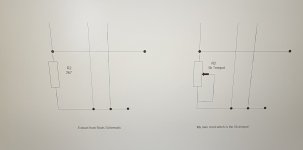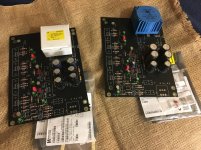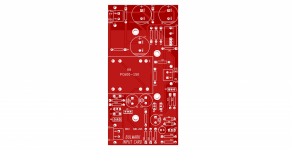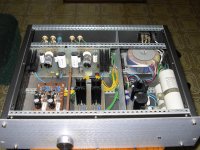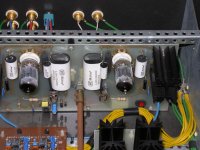PP Slot Loaded Sub with Alpine SWR 12D2
- By xrk971
- Subwoofers
- 320 Replies
Edit Nov 25: build started.
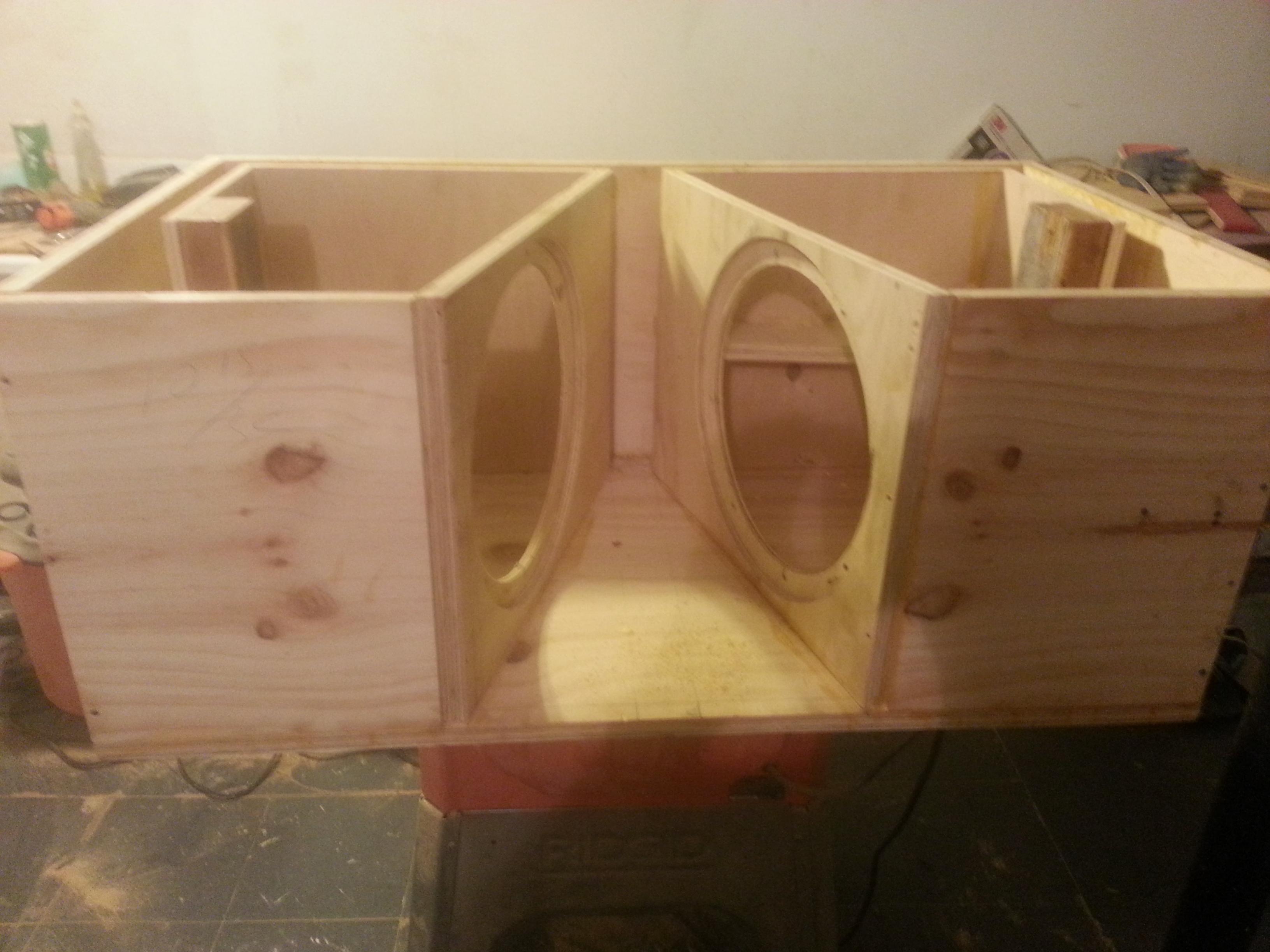
I received a request from a member to design a push pull slot loaded sub using the Alpine SWR 12D2 drivers. His goal was to achieve a 37Hz -3dB and to fit in a space constraint of 34in x 15in x 25in, with lots of output from 40Hz to 60Hz.
The design I came up with is shown in the sketch below. Each chamber is 40 liters (13.5in tall x 15.25in deep x 12.0in long) with a central slot with dimensions of 7.0in wide x 16.25in deep (not including vents) x 13.5in high, and each chamber having a 0.90in wide x 13.5in tall x 24in long vent from the chamber to the slot. The vents will have two 3/4in braces. It is assumed that 3/4in ply will be used throughout except the vents which can be 1/2in ply. The Alpine SWR 12D2 drivers are dual voice coil deals. Assume the drivers VC's are wired in series for 4ohm nominal, then wire the two drivers in parallel for 2ohms nominal load for the amp. This is a car application so I am assuming 2ohm load is not an issue. Or each side can be driven at 4ohms with stereo amps.
Sketch (note that drawing shows 1.0in wide vents, but should be 0.90in wide to match sims below):
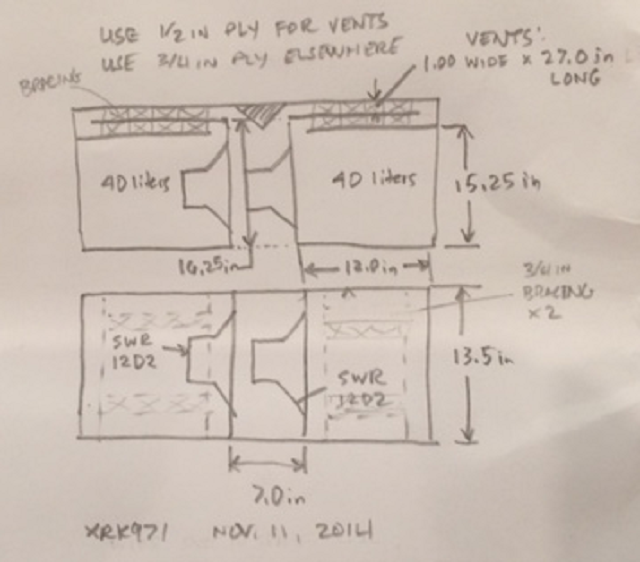
Predicted response at 2.83v and 1m, in 2pi space with no filters:
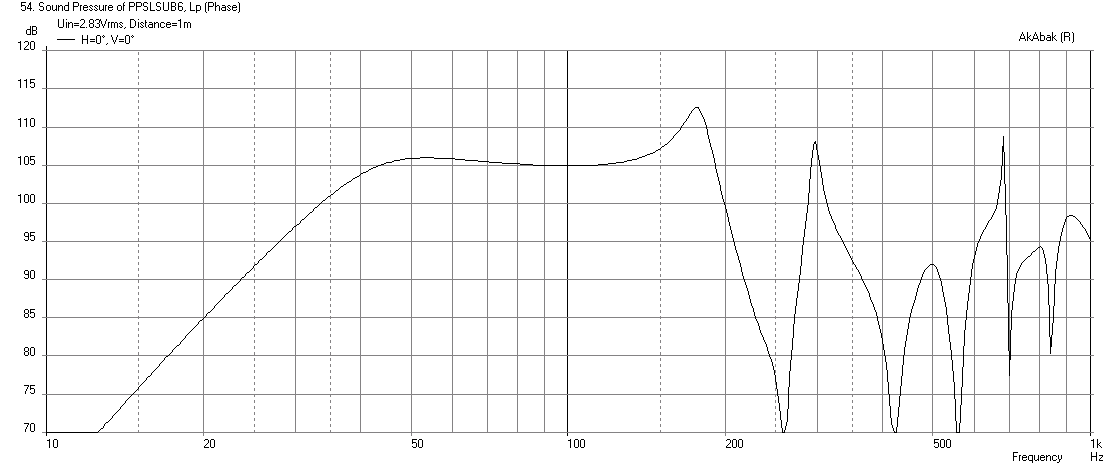
Predicted cone displacement at 67volts and 24Hz -24dB/oct HPF to reach 2kW max thermal rating (RMS) and xmax of 20mm:

Predicted max SPL at 67volts with above LPF and -24dB/oct HPF at 125Hz is 133dB at 1m:
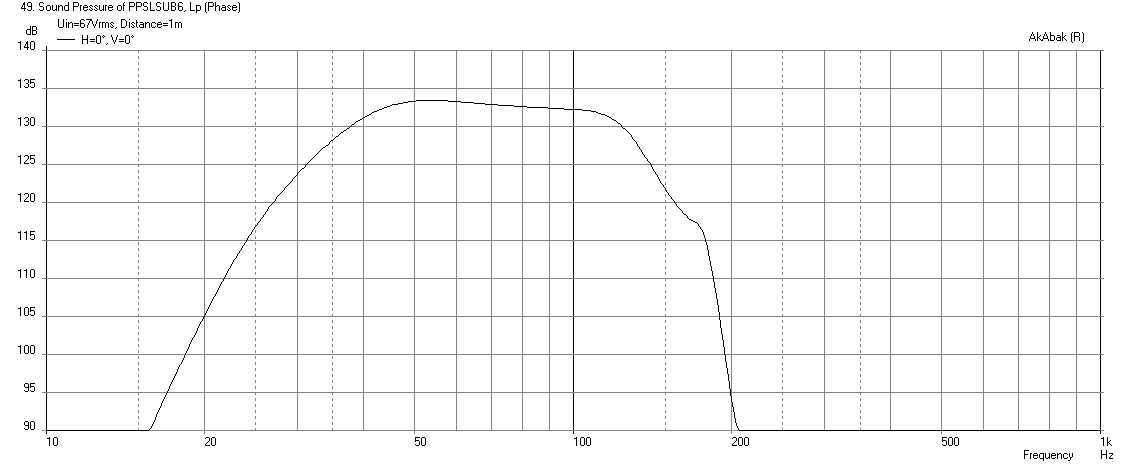
Predicted electrical power input to both drivers (2kW max):

Predicted vent velocities and slot velocity at 67volts (a bit high - so there may be some port compression - the ports are internal and have a slot to reduce turbulence noise if it becomes a problem). A larger vent could be used but that would require a longer than 24in vent which may have other problems like resonances:

In summary, I think that this design should provide plenty of bass down to the requested 37Hz, and with cabin/room gain, probably much deeper.
Update Nov 14, 2014 - here is predicted performance with a 12in long x 7in x 8in extension duct at the output slot to bring the bass through a small flip down "ski door" in the back seat of a car.
It achieves 105dB sensitivity at 2.83v and 1m with 32.3Hz (03dB) bass extension:
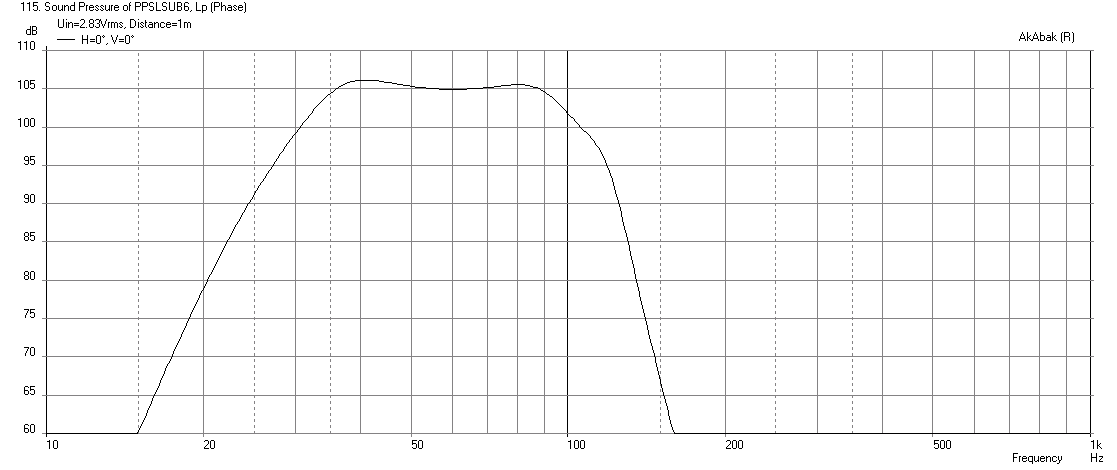
Update Nov 18, 2014: Tb46 was kind enough to provide a drawing of a modified angled waveguide output version below:
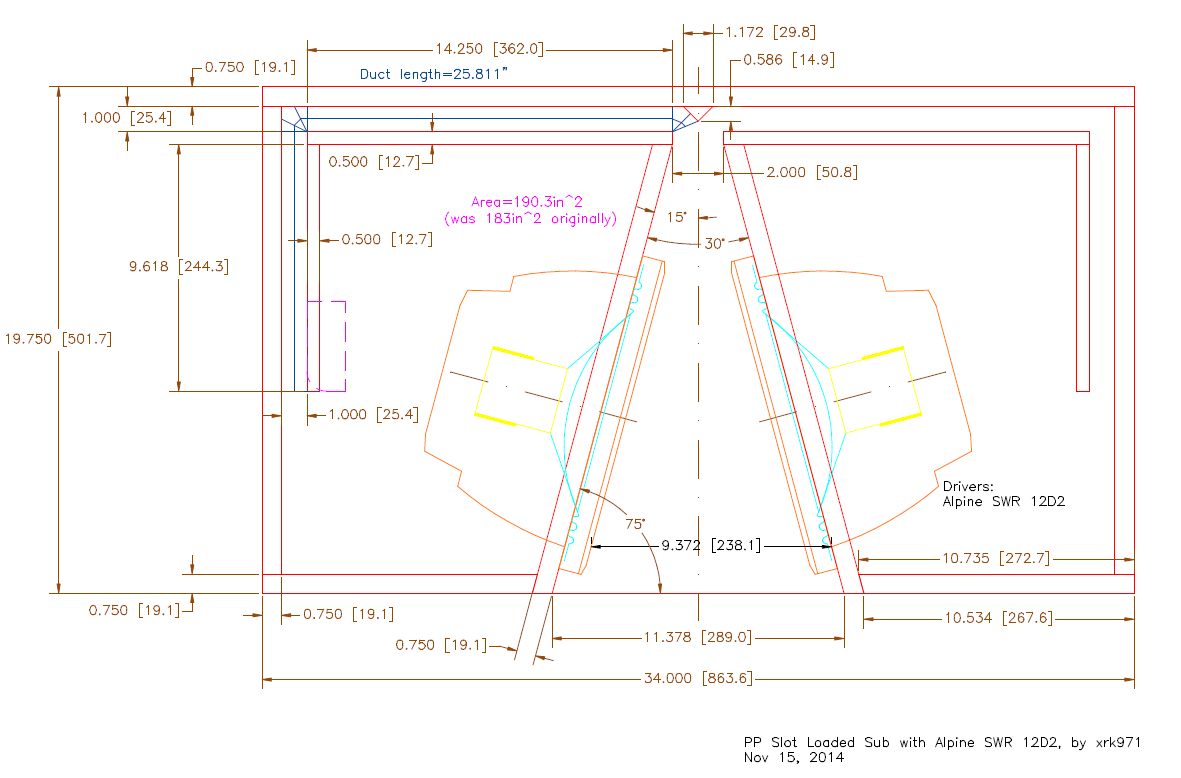
Here is predicted output at 68 volts (with 26in long x 1.0in wide vents) driven to xmax here:
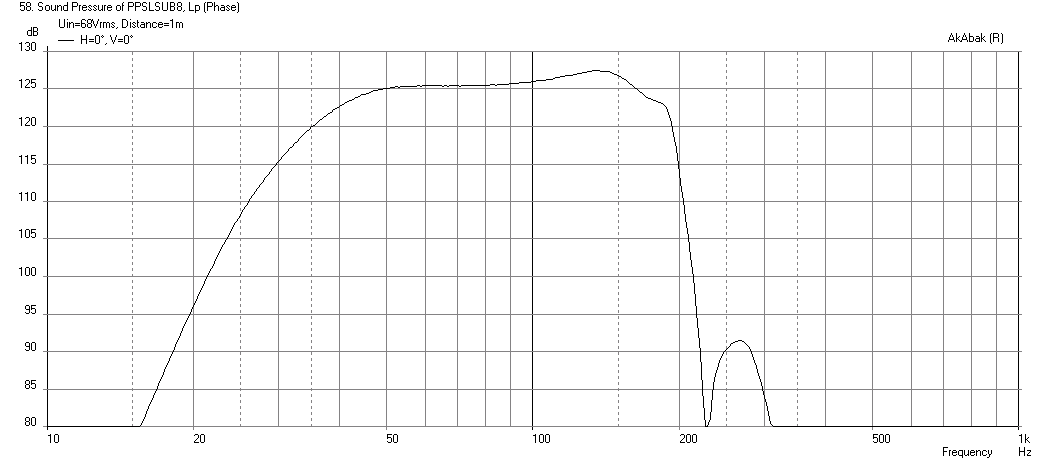
Update Dec 19, 2014: Another variant of the PP SL bandpass with MCM 55-2421, courtesy Tb46 and lawbiding:
Here is what I call the "Offset SV" Thanks to Tb46 for the great drawings as usual:
http://www.diyaudio.com/forums/attachments/subwoofers/451740d1417487191-pp-slot-loaded-sub-alpine-swr-12d2-mcm_55_2421_ppsl_sv.pdf
Here is the completed sub by lawbiding:
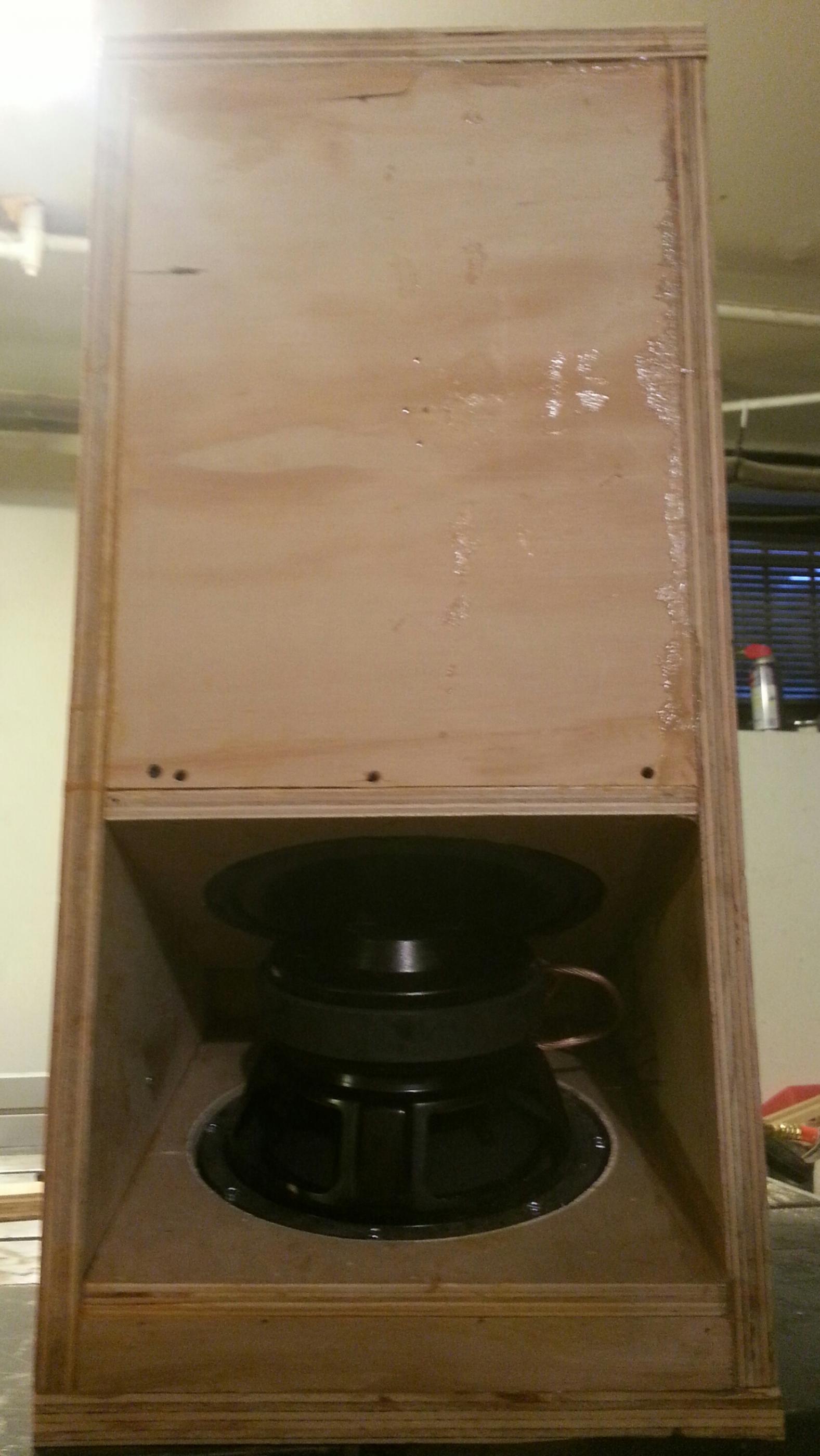

I received a request from a member to design a push pull slot loaded sub using the Alpine SWR 12D2 drivers. His goal was to achieve a 37Hz -3dB and to fit in a space constraint of 34in x 15in x 25in, with lots of output from 40Hz to 60Hz.
The design I came up with is shown in the sketch below. Each chamber is 40 liters (13.5in tall x 15.25in deep x 12.0in long) with a central slot with dimensions of 7.0in wide x 16.25in deep (not including vents) x 13.5in high, and each chamber having a 0.90in wide x 13.5in tall x 24in long vent from the chamber to the slot. The vents will have two 3/4in braces. It is assumed that 3/4in ply will be used throughout except the vents which can be 1/2in ply. The Alpine SWR 12D2 drivers are dual voice coil deals. Assume the drivers VC's are wired in series for 4ohm nominal, then wire the two drivers in parallel for 2ohms nominal load for the amp. This is a car application so I am assuming 2ohm load is not an issue. Or each side can be driven at 4ohms with stereo amps.
Sketch (note that drawing shows 1.0in wide vents, but should be 0.90in wide to match sims below):

Predicted response at 2.83v and 1m, in 2pi space with no filters:

Predicted cone displacement at 67volts and 24Hz -24dB/oct HPF to reach 2kW max thermal rating (RMS) and xmax of 20mm:

Predicted max SPL at 67volts with above LPF and -24dB/oct HPF at 125Hz is 133dB at 1m:

Predicted electrical power input to both drivers (2kW max):

Predicted vent velocities and slot velocity at 67volts (a bit high - so there may be some port compression - the ports are internal and have a slot to reduce turbulence noise if it becomes a problem). A larger vent could be used but that would require a longer than 24in vent which may have other problems like resonances:

In summary, I think that this design should provide plenty of bass down to the requested 37Hz, and with cabin/room gain, probably much deeper.
Update Nov 14, 2014 - here is predicted performance with a 12in long x 7in x 8in extension duct at the output slot to bring the bass through a small flip down "ski door" in the back seat of a car.
It achieves 105dB sensitivity at 2.83v and 1m with 32.3Hz (03dB) bass extension:

Update Nov 18, 2014: Tb46 was kind enough to provide a drawing of a modified angled waveguide output version below:

Here is predicted output at 68 volts (with 26in long x 1.0in wide vents) driven to xmax here:

Update Dec 19, 2014: Another variant of the PP SL bandpass with MCM 55-2421, courtesy Tb46 and lawbiding:
Here is what I call the "Offset SV" Thanks to Tb46 for the great drawings as usual:
http://www.diyaudio.com/forums/attachments/subwoofers/451740d1417487191-pp-slot-loaded-sub-alpine-swr-12d2-mcm_55_2421_ppsl_sv.pdf
Here is the completed sub by lawbiding:

Attachments
-
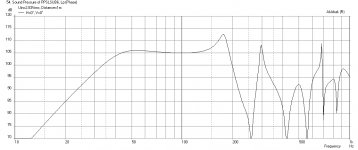 PPSLSUB6-Alpine-SWR12D2-Freq-1m-2.83V-no-filters.png17.7 KB · Views: 4,617
PPSLSUB6-Alpine-SWR12D2-Freq-1m-2.83V-no-filters.png17.7 KB · Views: 4,617 -
 PPSLSUB6-Alpine-SWR12D2-Displ-MAX.png14.8 KB · Views: 2,611
PPSLSUB6-Alpine-SWR12D2-Displ-MAX.png14.8 KB · Views: 2,611 -
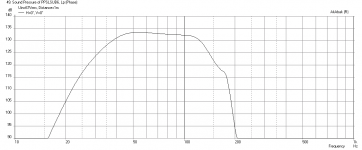 PPSLSUB6-Alpine-SWR12D2-Freq-1m-MAX.png30.8 KB · Views: 2,600
PPSLSUB6-Alpine-SWR12D2-Freq-1m-MAX.png30.8 KB · Views: 2,600 -
 PPSLSUB6-Alpine-SWR12D2-Electrical-Power-MAX.png13.8 KB · Views: 2,511
PPSLSUB6-Alpine-SWR12D2-Electrical-Power-MAX.png13.8 KB · Views: 2,511 -
 PPSLSUB6-Alpine-SWR12D2-Velocity-MAX.png14.1 KB · Views: 2,525
PPSLSUB6-Alpine-SWR12D2-Velocity-MAX.png14.1 KB · Views: 2,525 -
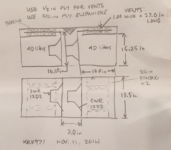 PPSLSUB6-Alpine-SWR12D2-Plan.png340.9 KB · Views: 4,013
PPSLSUB6-Alpine-SWR12D2-Plan.png340.9 KB · Views: 4,013


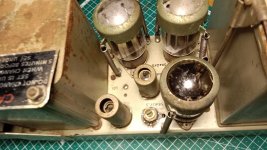
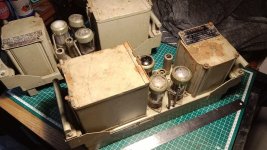
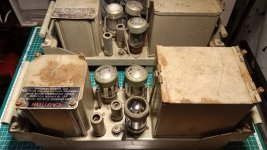
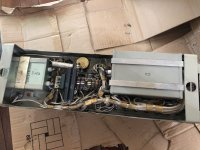
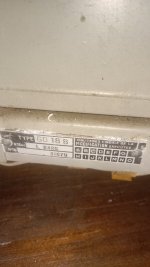
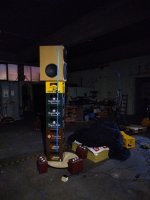
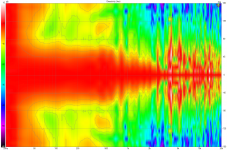
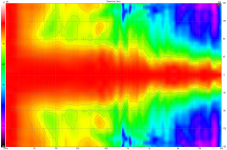
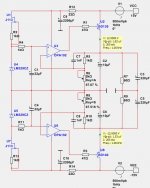
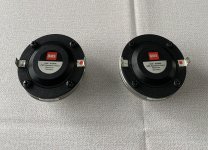
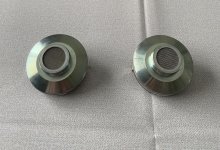

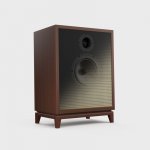
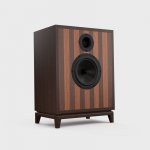
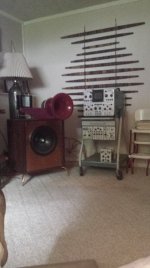
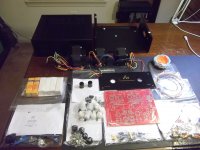
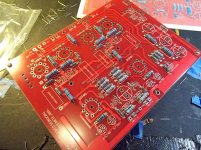
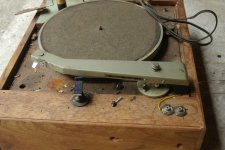
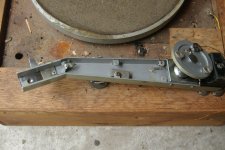
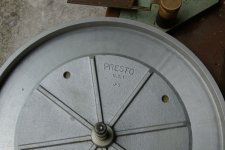
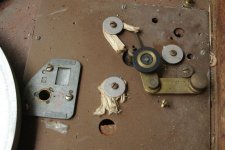
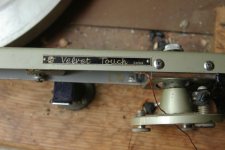
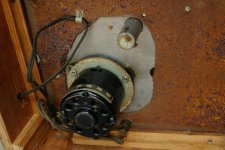
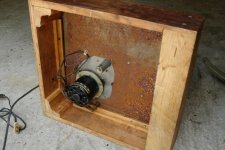
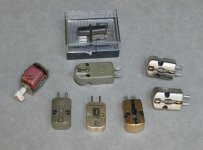

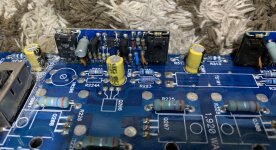
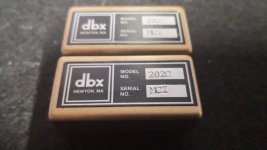
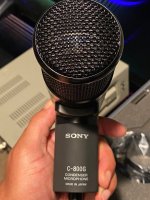
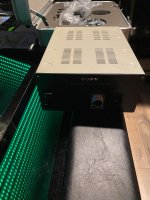
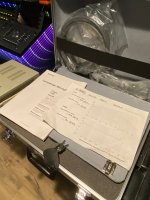
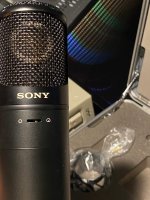
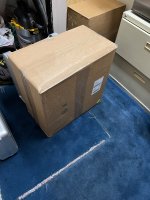
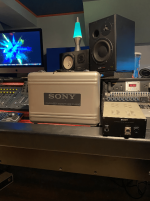
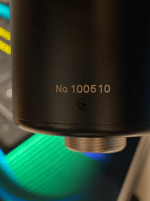
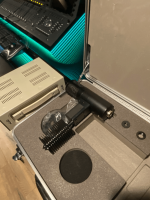
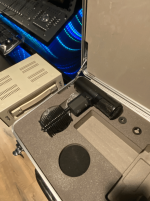
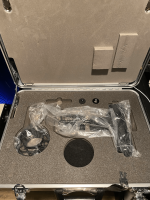
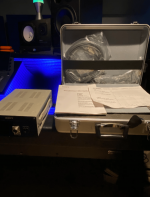
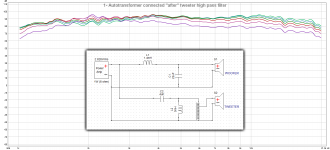
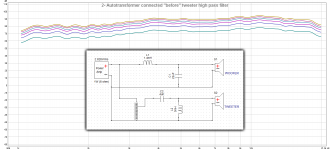
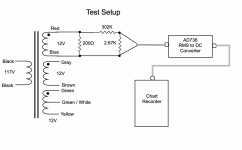
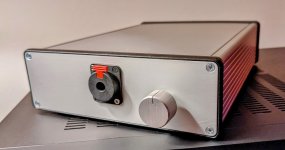
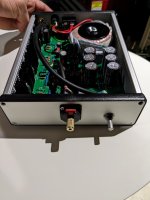
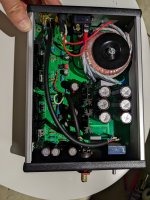
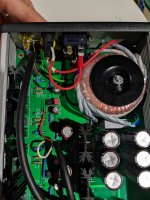
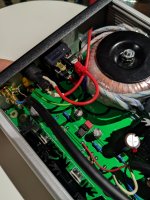
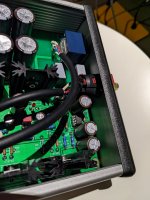
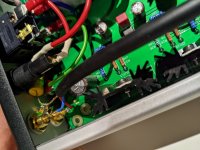
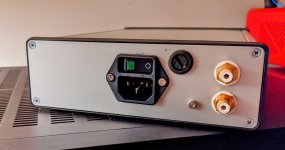
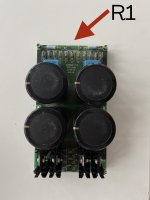

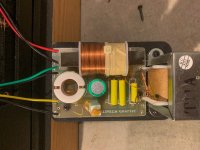
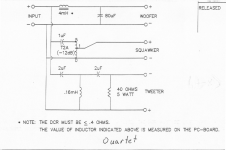
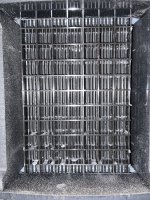
 OK, I used the coupon to get more AA batteries, but will only use the Duracells in equipment that eats batteries fast. No time to leak.
OK, I used the coupon to get more AA batteries, but will only use the Duracells in equipment that eats batteries fast. No time to leak.